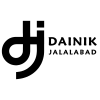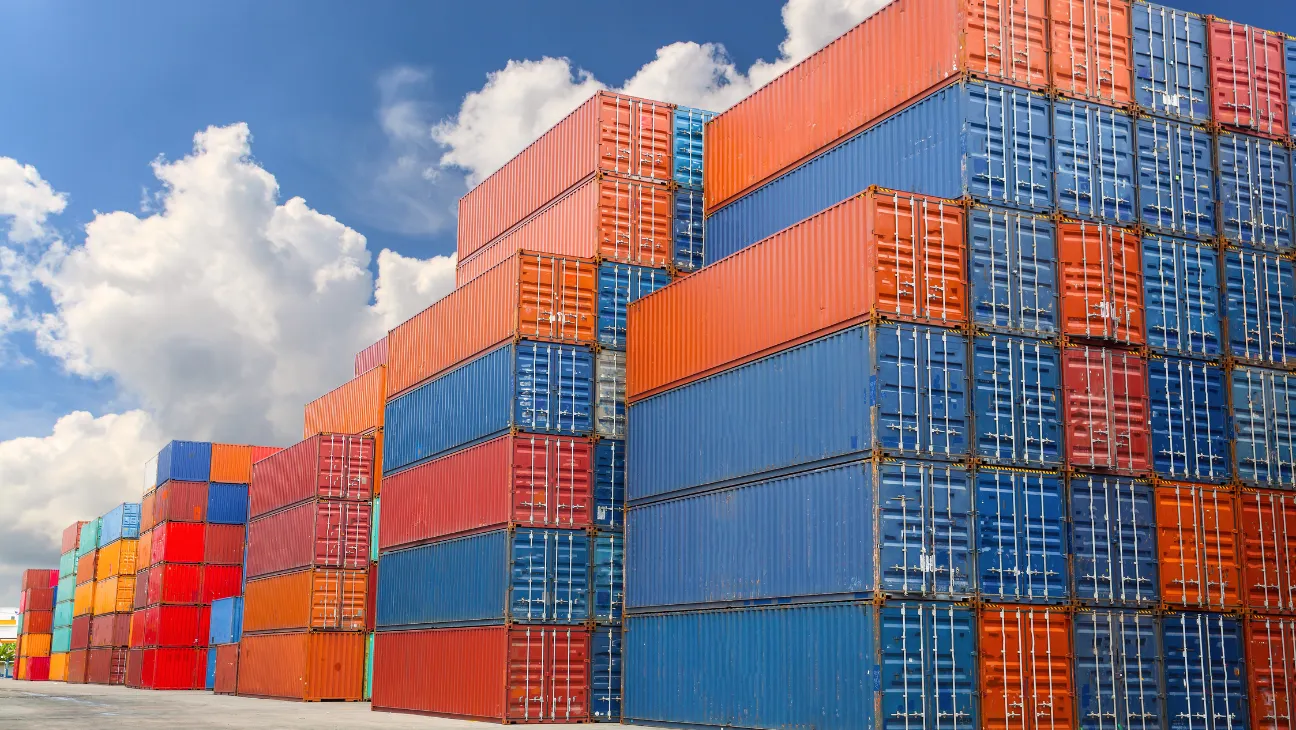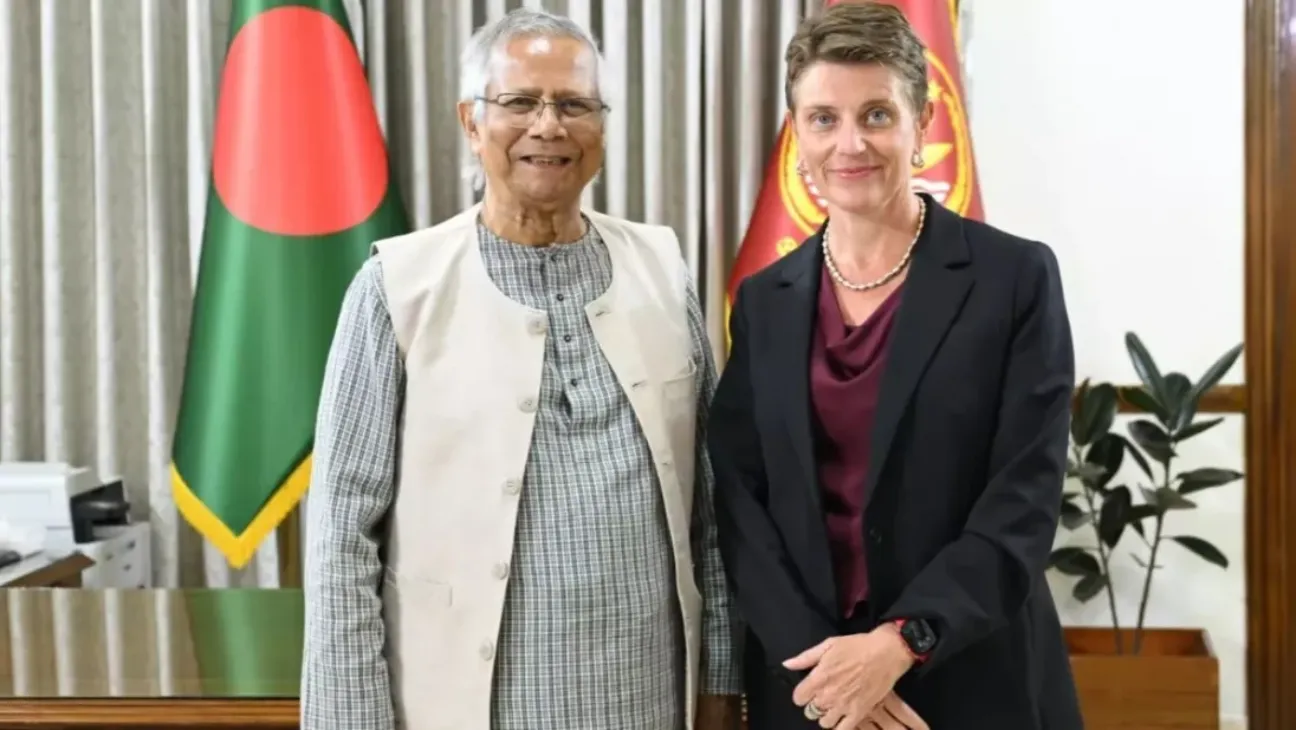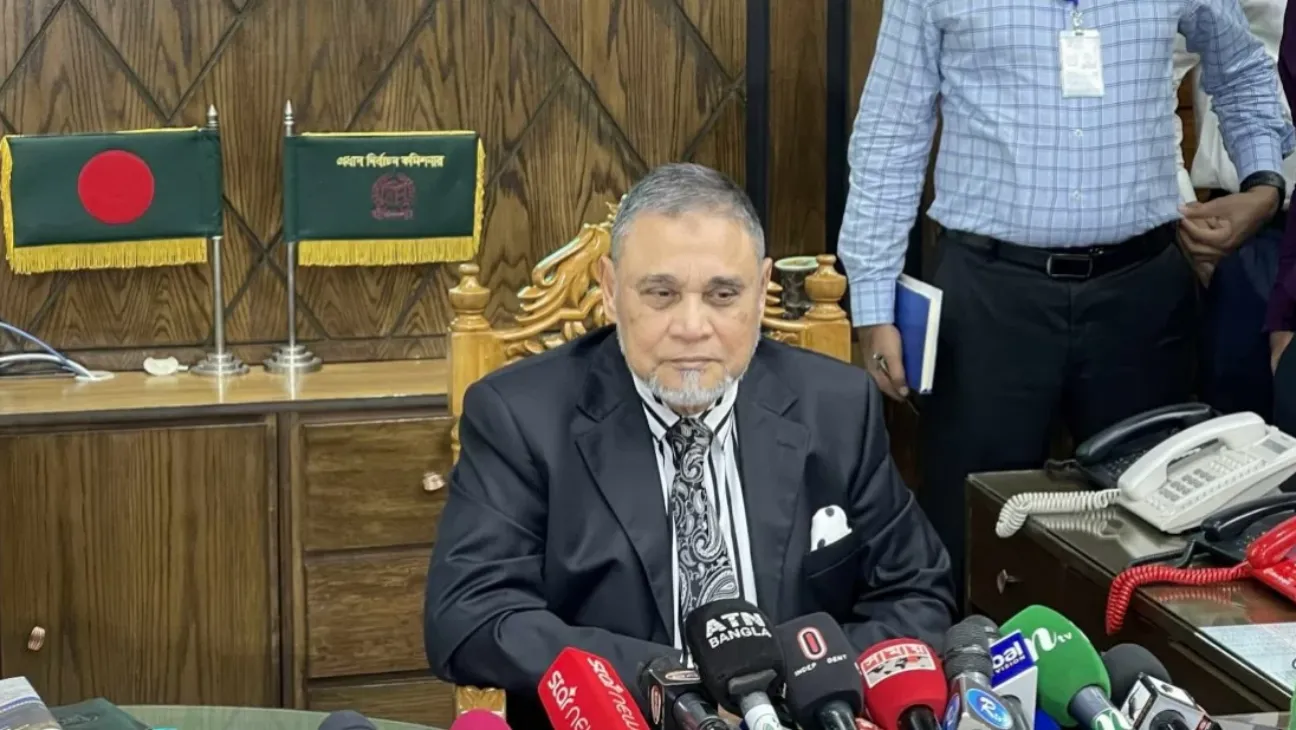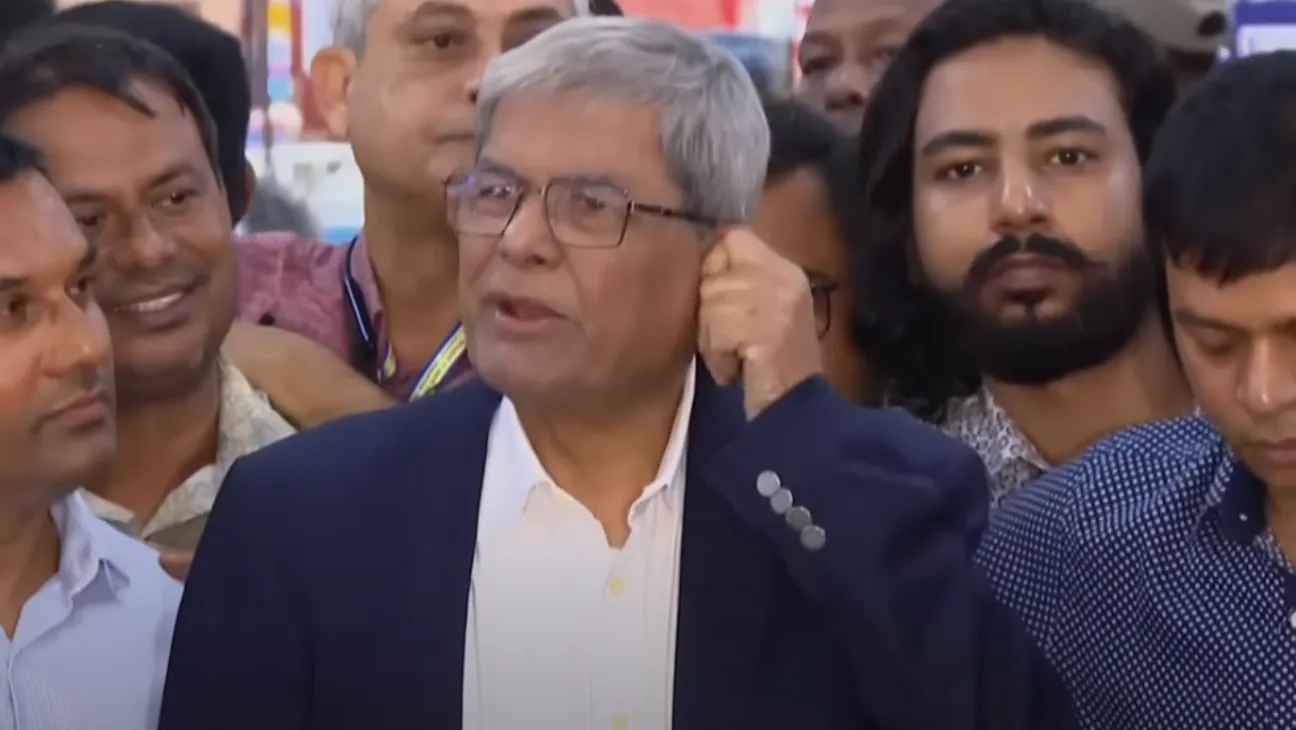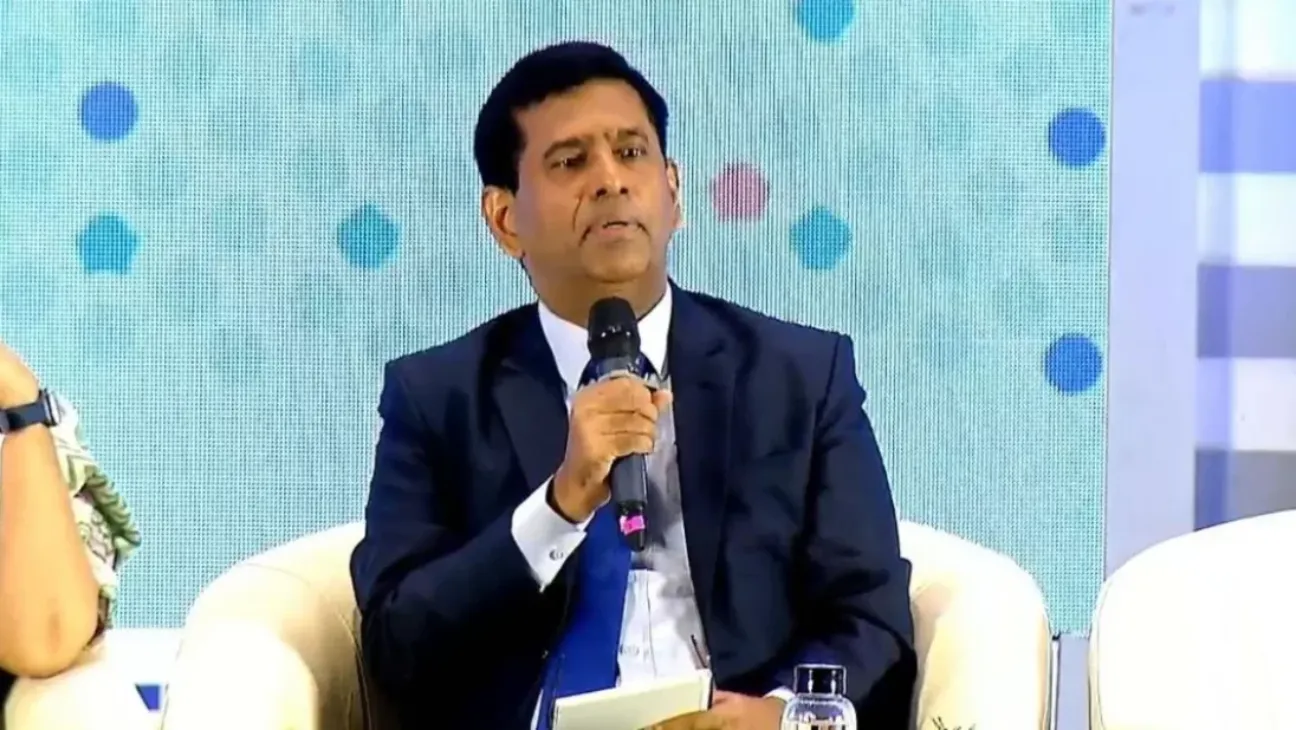The United States has reduced its newly imposed tariff on Bangladeshi exports from 37% to 35%, but industry experts say the move offers little relief. When combined with the average 15–16% duty already in place, the total tax burden on Bangladeshi goods entering the US now exceeds 50%.
For US importers buying Bangladeshi garments, the change means paying more than $5 in taxes on a $10 product — up from roughly $1.50 just a few months ago. While the tariff is technically imposed on the buyer in the United States, the impact doesn’t stop there.
Higher costs often translate to fewer orders. With other countries offering cheaper trade routes, American buyers may start sourcing elsewhere.
“Bangladesh will have to face the full brunt of the 35% additional tariff in addition to the existing average 16% duty,” said Fazlul Hoque, former president of the Bangladesh Knitwear Manufacturers and Exporters Association. “It will be more than a disaster.”
The policy change stems from a broader tariff plan introduced during Donald Trump’s presidency. According to Mohammad Abdur Razzaque, chair of the Research and Policy Integration for Development (RAPID), the new 35% tariff is not exclusive to Bangladesh. It applies on top of existing duties for other countries under similar trade restrictions.
He added that Bangladesh’s main competitors — Vietnam and India — were previously on a level playing field in terms of tariffs. That has changed. Vietnam recently negotiated a trade deal with the US that lowered its export tariff to 20%, in exchange for dropping duties on American imports.
“This makes Vietnam significantly more competitive in the US market,” Razzaque said.
Mohiuddin Rubel, a former director of the Bangladesh Garment Manufacturers and Exporters Association (BGMEA), said the structure reflects what many expected based on earlier communication from the US.
He referred to a public letter by Donald Trump posted on Truth Social, in which the former president formally announced the 35% rate on Bangladeshi goods. The letter, published early Tuesday Bangladesh time, outlined new tariff rates for 14 countries effective August 1.
Under the announcement, Myanmar and Laos will face a 40% tariff, Cambodia and Thailand 36%, Serbia 35%, Indonesia 32%, and a group of other nations including South Korea, Malaysia, and South Africa will see rates set at 25%.
In the letter, Trump also warned that retaliatory tariff increases by other nations could prompt further US tariffs in response.
For Bangladeshi exporters, the message is clear. While they aren’t directly paying the tariffs, their competitiveness is on the line.
“We aren’t the ones writing the check,” said one exporter, “but we’re the ones who might lose the order.”
With new tariffs kicking in, the garment industry is watching closely to see how US buyers react. The bigger worry isn’t just the numbers — it’s what they hint at: rising costs, shrinking margins, and possibly fewer orders.
